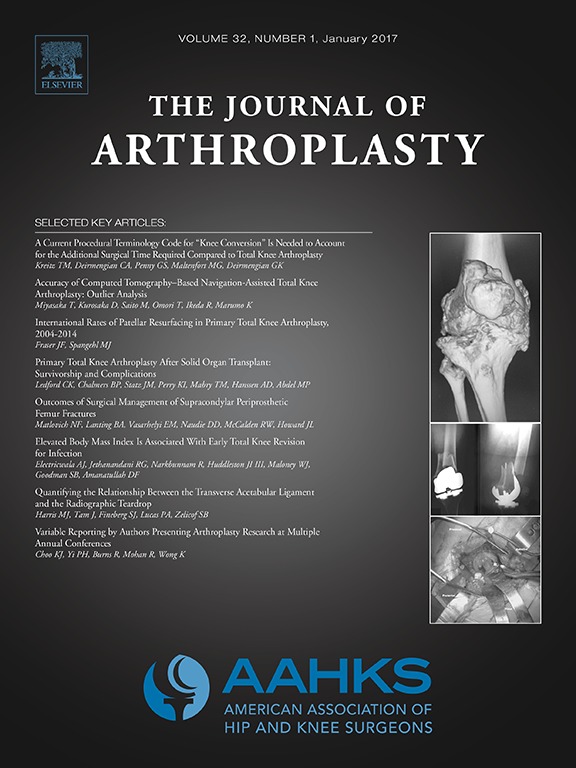
ARTHROPLASTY
Routine robotic-assistance for UKA does not significantly affect clinical outcomes in first 2 years
J Arthroplasty. 2018 Jul;33(7S):S109-S115. doi: 10.1016/j.arth.2018.02.050139 patients scheduled for unicompartmental knee arthroplasty were randomized to either robotic-assisted or conventional surgery. Patients were assessed for patient-reported outcome measures and the incidence of revision over the first 2 years after surgery. Overall PROMs, with the exception of stiffness on a visual analog scale, did not significantly differ between the two groups at 2 years. In a subgroup analysis of patients with high baseline activity level (UCLA >5), the robotic-assistance group demonstrated significantly better scores on the Oxford Knee Score, American Knee Society Score, the Forgotten Joint Score, and VAS stiffness score.
Unlock the full ACE Report
You have access to {0} free articles per month.Click below to unlock and view this {1}
Unlock NowCritical appraisals of the latest, high-impact randomized controlled trials and systematic reviews in orthopaedics
Access to OrthoEvidence podcast content, including collaborations with the Journal of Bone and Joint Surgery, interviews with internationally recognized surgeons, and roundtable discussions on orthopaedic news and topics
Subscription to The Pulse, a twice-weekly evidence-based newsletter designed to help you make better clinical decisions
Exclusive access to original content articles, including in-house systematic reviews, and articles on health research methods and hot orthopaedic topics
Or upgrade today and gain access to all OrthoEvidence content for just $1.99 per week.
Already have an account? Log in


Subscribe to "The Pulse"
Evidence-Based Orthopaedics direct to your inbox.
{0} of {1} free articles
Become an OrthoEvidence Premium Member. Expand your perspective with high-quality evidence.
Upgrade Now












































































